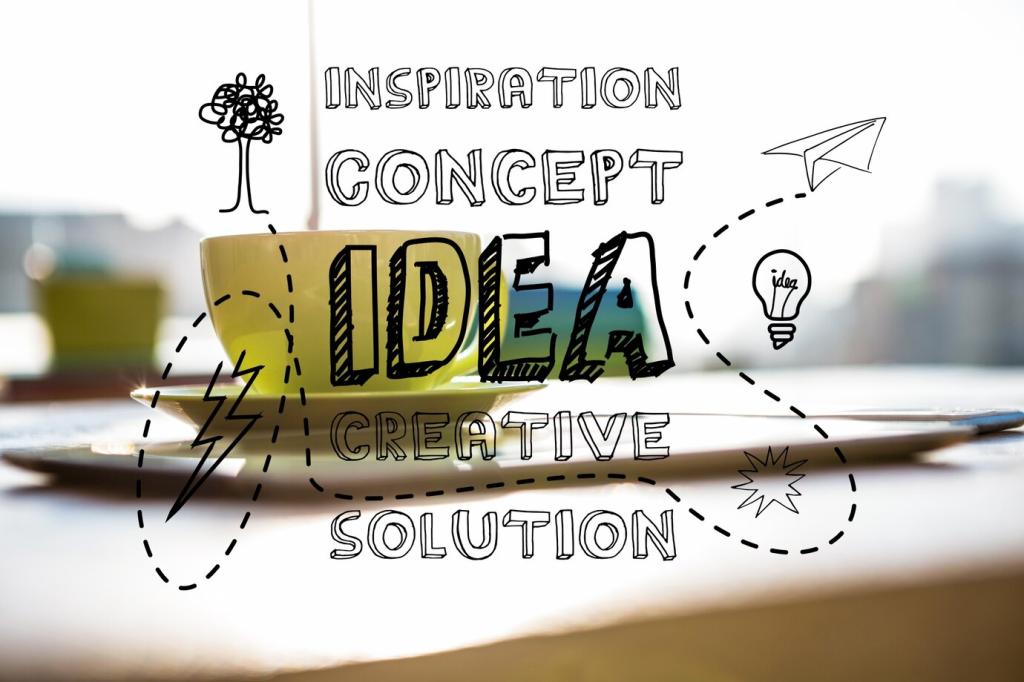Email and Social Copy That Extends Your Space
Rotate themes: client stories, seasonal styling, behind-the-scenes decisions, and resources. One clear takeaway per email beats a crowded digest. End with a thoughtful question to spark replies, then invite readers to subscribe for monthly design notes.
Email and Social Copy That Extends Your Space
Pair one insight with one detail: a lighting lesson, a storage trick, a paint undertone. Keep captions scannable, add a micro-CTA, and use hashtags sparingly. Ask followers which corner of their home needs calm, and respond with ideas.







